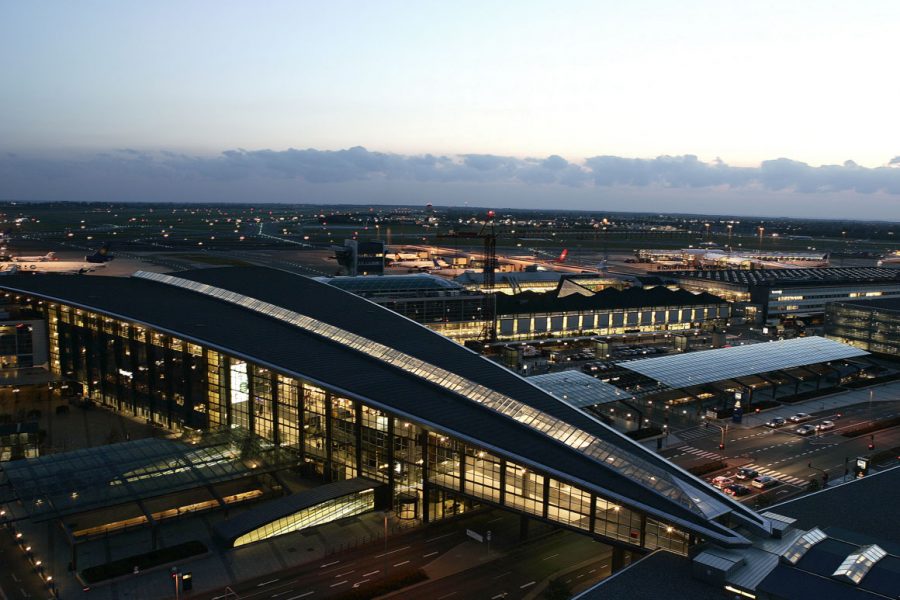News:
Parts of the Danish government’s national aviation strategy transformed to regulation
The Danish Transport, Construction and Housing Authority has issued a regulation, BL 9-15, 4th edition, as part of the Government’s national aviation strategy announced on 3 July 2017. Copenhagen Airports (CPH) has commented on the regulation in company announcements, dated 3 and 5 July 2017 and in the interim financial statement announced on 8 August 2017. Other parts of the strategy will require legislation still to be adopted by the Parliament.
CPH’s announcement of July 5 and August 8 financial statement communicated views on a draft to BL 9-15, 4th edition, made available for hearing. BL 9-15, 4th edition, as issued has been changed relative to the draft, and some changes reflect input from the hearing process.
The new BL 9-15 sets a new cross-subsidy requirement for profits from the commercial business to subsidise the aeronautic tariffs. In the event that no commercial charges agreement is made with the airlines, the cross-subsidy will be 35% in a fall-back situation. The 35% requirement will apply for the tariff period commencing 1 April 2019, and up to and including 2022. Thereafter, the cross-subsidy will be increased to 40% subject to a review in 2021.
As communicated in the stock exchange announcement on 5 July 2017 the isolated effect of a 10% change in the cross-subsidy, before mitigating actions, could have an annual impact on profits before tax of approximately DKK 100 million.
Under the current regulation, the average implied cross-subsidy has historically been around 30%. Compared with the historical cross-subsidy around 30%, the implied negative effect of the new cross-subsidy requirement of 35% is estimated to be DKK 50 million annually, before any mitigating actions.
Due to CPH’s outperformance of expectations by developing more routes, increasing connectivity and growing overall passenger numbers faster than any other Nordic airports, the tariffs in the latest tariff agreement between CPH and the airlines for 2015-2019 has not during 2016 implied any commercial cross-subsidy of the aeronautical business. Accordingly, resultant effects of the new cross-subsidy requirement of 35 %, before mitigating actions, could potentially be negative on profits before tax at an amount in the level of about DKK 350 million compared to the earnings levels in 2016.
With the changed regulation CPH will now evaluate and assess the impact on CPH and communicate any further possible effects of BL 9-15, if and as required.
